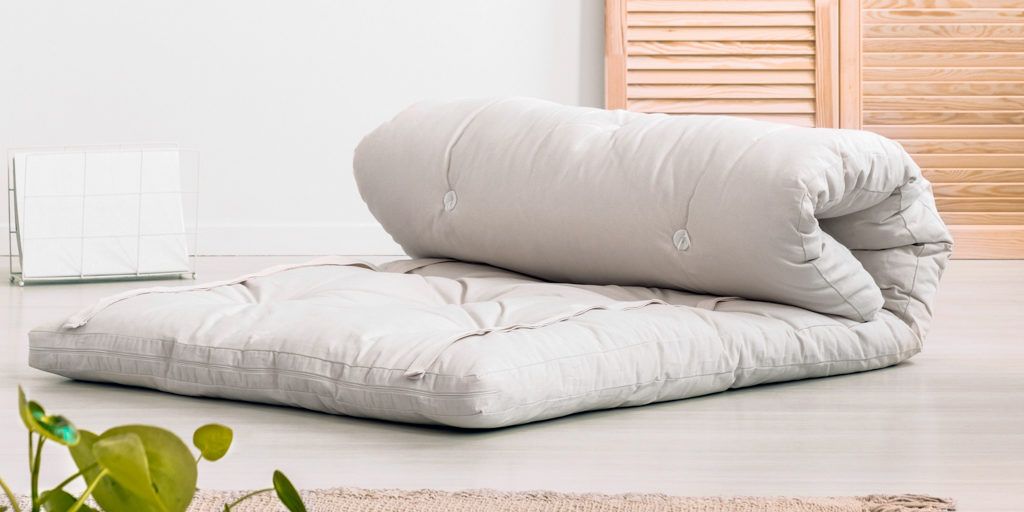
Why your futon mattress could be causing you health problems
Let’s take a look at hypoallergenic mattress covers for futons, mattress fillers and futon mattresses.
Futon Mattress
Many people prefer the comfort of futon mattresses because they are thicker, softer, and full of hypoallergenic materials like organic cotton and wool.
Mattresses for futons fit easily into wooden or metal bed frames and are very easy to clean. Due to their lightweight nature, you can air out futon mattresses in the sun to prevent mildew buildup.
The best part about natural mattresses is their convenience. Great for overnight guests, vacation houses and storage, futons are more economical than traditional mattresses.
There are several types of material that will go into a futon. More often than not, you will find a mix of cottons, latex and other materials.
Let’s take a look at some common and comfy materials found in futons:
- Wool
- Foam
- Hemp
- Cotton
- Innerspring
It’s recommended that you purchase a mattress cover for your futon that is made of 100% organic materials for the best resistance against allergies and chemical sensitivities.
Natural Materials
Natural materials like wool, hemp and cotton are among the highest quality for futon mattress covers. Their ability to breathe and circulate air will keep you warm during winter and cool in the summer.
The best part about 100% organic wool, cotton and hemp are that it’s untreated, unbleached and un-dyed.
Wool mattresses are luxuriously fluffy and soft, perfect for layering on cold nights. If you enjoy plush bedding, wool is an excellent choice.
If you’re looking for wool mattresses that are more firm, look for wool filler instead. This mattress will combine other materials with wool for a firmer mattress.
Look for cotton mattress covers for your futon that are certified as 100% natural and organic. This will make a huge difference in the quality and texture of the bed.
Most cotton bedding comes soaked in pesticides and other toxic chemicals. Not only does this destroy the natural softness of cotton, but it can cause skin irritation and rashes.
If these are just the immediate reactions, think of the long term health damage chemicals can do night after night.
Organic cotton will create a firm but soft mattress top that will not need a lot of extras. Multi-layered cotton batting will prevent any need for filling, as it’s already quite firm.
Hemp material is relatively new on the market place, but is already proving to be a favorite. It’s ecologically smart, durable, and made without chemicals, bleaches or toxins.
The best part about a hemp mattress is its breathable core, which is anti-bacterial and anti-fungal.
Traditional Materials
Traditionally, a mattress for a futon is made out of foam or innersprings. Foam and latex can cause allergic reactions, and aren’t as comfortable as natural materials.
Foam mattresses do have some advantages: body supportive, body molding and bed bug resistance. They are also quite inexpensive compared to most other types.
Innerspring futons are also quite popular, as they are firm, bouncy and body supportive.
Like most traditional mattresses, innerspring futons have tempered steel coils surrounded by foam and other materials.
A great idea for sleeping, resting or sitting, the innerspring mattress is generally more comfortable than foam.
Futon mattress covers come in many different sizes like: twin, chair, full, queen and king.
Don’t forget to add a mattress topper, pad, or protector for extra luxury.




